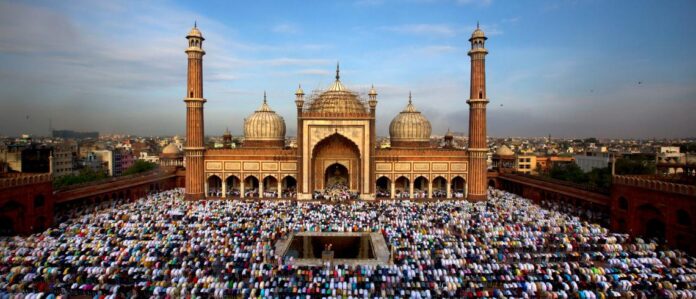Eid al-Adha or the Feast of Sacrifice, is celebrated by Muslims all over the world as a major holiday for a period of three to fours days. The majority of Muslims will attend the special prayers held at different major mosques and Islamic centers all over the world.
Muslims usually wear new clothes and some exchange gifts while children are entertained and take a day off from school, including college students. Many Muslims also do not go to work on that day.
When asked about the origin of Eid al-Adha, The Prophet of Islam, Muhammad, is reported to have said, “It is a tradition that has come down to us from Abraham.”
The Feast of Sacrifice dates from the historic event when Prophet Abraham was commanded by God, in a form of a dream vision, to sacrifice his son, Ishmail. But while he was in the act of sacrificing his son, God sent the Angel Gabriel with a huge ram. Gabriel informed Abraham that his dream vision was fulfilled and instructed him to sacrifice the ram as a ransom for his son. The story is mentioned in Chapter #37 of the Holy Qur’an.
Eid al-Adha enjoys special significance because the Day of Sacrifice marks the climax of Hajj or Pilgrimage, the fifth pillar of Islam. This annual pilgrimage to Makkah and Madinah in Saudi Arabia is an obligation only for those men and women who are physically and financially able to perform it once in their lifetime.




